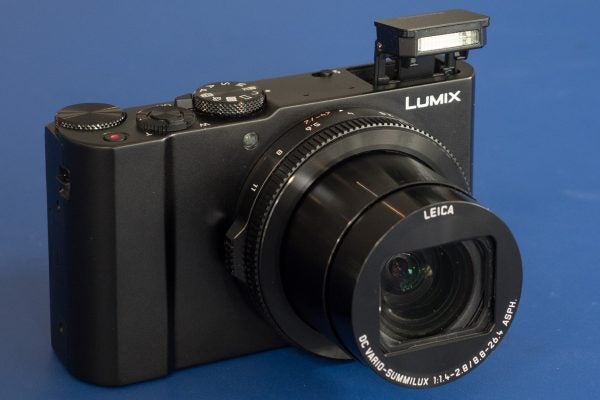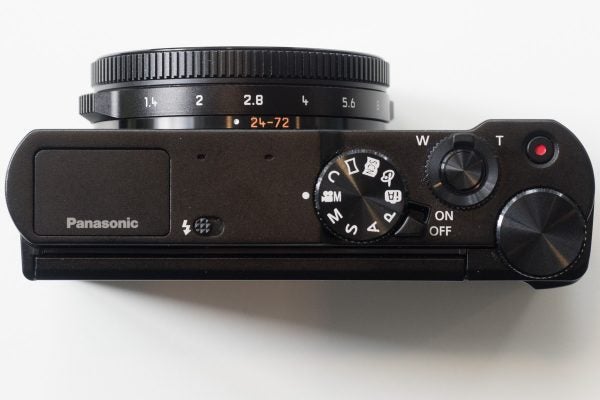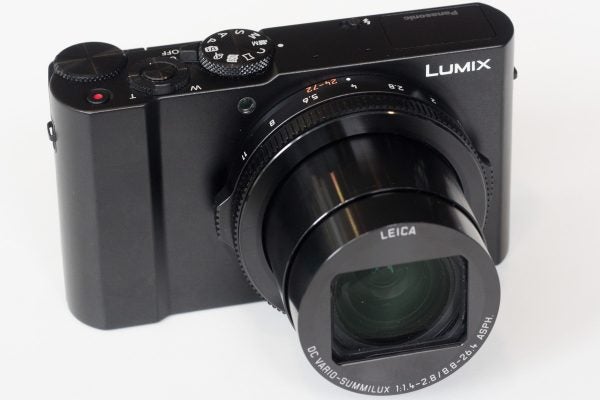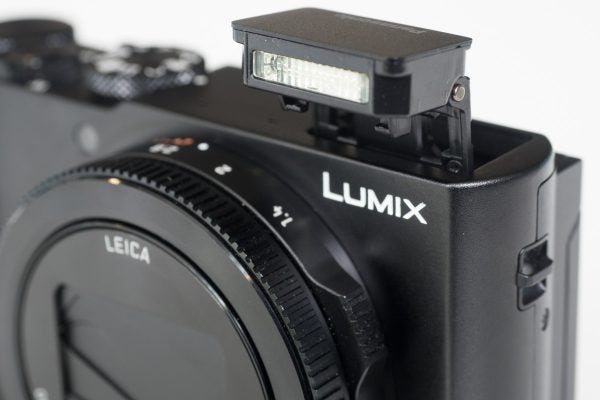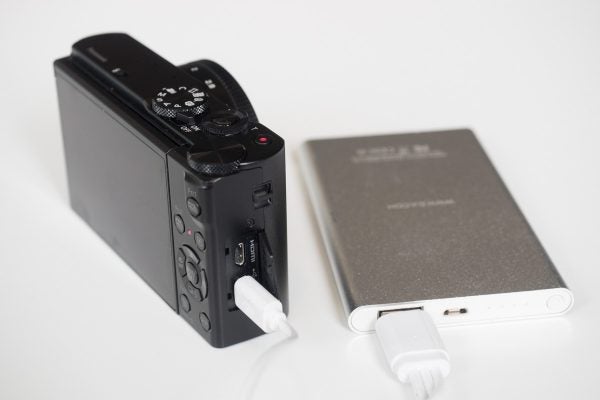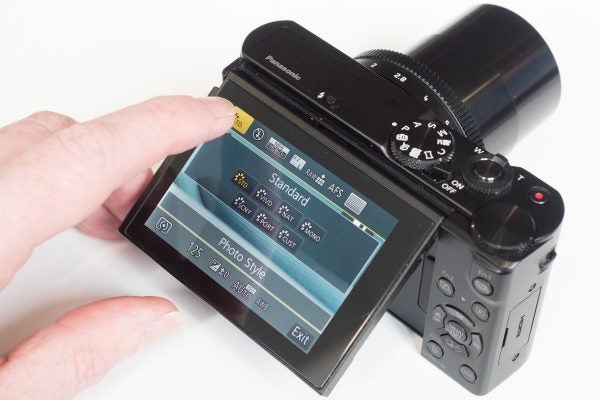Andy Westlake gets hands-on with Panasonic’s pocket-sized enthusiast compact
Panasonic Lumix DMC-LX15 review: hands-on first look
Panasonic Lumix DMC-LX 15 review: Hands-on First Look
At a glance:
- 20-million-pixel 1in sensor
- 24-72mm (equiv) f/1.4-2.8 lens
- 3in tilting touchscreen
- ISO 100-12,800 (extendable to ISO 25,600)
- 10 fps shooting
- 4K video recording up to 15 minutes
- £599.99
Panasonic’s LX series is one of the longest-running, and best-loved lines of enthusiast compacts. Indeed in 2007 the LX3 rescued the sector from a slump induced by the appearance of affordable DSLRs, and with its small size and unusually fast zoom lens established a template that successive models have followed.
The two-year-old LX100 is still one of best cameras of its type, thanks to its enthusiast-friendly control dials, built-in electronic viewfinder, and excellent image quality. However its relatively large size places it at a disadvantage compared to more pocketable cameras like the Canon PowerShot G7 X Mark II and Sony Cyber-shot DSC-RX100 IV. So with the LX15, Panasonic has made a smaller camera to compete directly with these models, built around the familiar 20MP 1in sensor.
Indeed, the Panasonic Lumix DMC-LX15 revisits almost exactly the same formula that previously made the LX series so popular, although with some additional twists.
It’s relatively small, yet manages to fit in a 24-72mm equivalent zoom lens with an ultra-fast f/1.4 maximum aperture at wideangle, dropping to f/2.8 at telephoto. It also has a good range of external controls, including an aperture ring around the lens. However in a first for the LX series, the screen not only tilts, but is touch-sensitive too.
Panasonic is adamant that the LX15 won’t replace the LX100 – instead they will complement each other in the range, giving photographers a choice of models. With a suggested price of £599.99 when it goes on sale at the start of November, the LX15 will initially cost rather more than its bigger brother. That’s also around £50 more than its closest competitor, the Canon PowerShot G7 X Mark II.
Features
Clearly the LX15’s standout feature is its f/1.4 maximum aperture at wideangle. This is the largest on any current compact camera – most competitors start at f/1.8 – and has only ever been matched by the older LX7, which uses a much smaller 1/1.7in-type sensor.
However while this is great for capturing low-light interiors or landscapes, the f/2.8 maximum aperture at telephoto is much the same as its peers. So if you’re after blurred backgrounds for portraits, in principle the Canon G7 X Mark II will still win out, due to its longer 100mm-equivalent lens. But the LX15’s 9-bladed aperture should deliver attractive out-of-focus blur.
Core features include a standard sensitivity range of ISO 100-12800 (extendable to ISO 25,600), and continuous shooting at 10 frames per second with focus fixed, or 6fps with autofocus. Impressively the lens can focus on a subject just 3cm away, at least at its wideangle setting.
The LX15 incorporates 5-axis hybrid image stabilisation, which combines lens-based optical IS with electronic correction of rotation around the lens axis. Meanwhile autofocus employs Panasonic’s Depth From Defocus (DFD) technology, which uses knowledge of the lens’s out-of-focus characteristics to achieve faster AF. We’ve found both technologies to be extremely effective on previous models, and there’s no reason to expect anything different on the LX15.
The 3in touchscreen is hinged along its top edge, allowing it to tilt upwards for waist-level viewing, and forwards over the top of the camera for selfies. It doesn’t tilt downwards though, so to use it for overhead shots you’ll need to turn the camera upside-down. Panasonic has included a built-in flash unit that pops up out of the body, released by a sliding switch on the top-plate. Notably, though, there’s neither a flash hot shoe nor any facility to use an electronic viewfinder.
Battery charging is through the camera’s micro USB port, and naturally Wi-Fi is included for image sharing and remote control. Photographers who want to get creative with in-camera processing can take advantage of the 22 Creative Control filters, which can be applied in all exposure modes. In-camera raw development is also available for adjusting images after the shot.
Video
This being Panasonic the LX15 has 4K video capability, with a recording limit of 15 minutes. Alongside are associated features including 4K Photo mode that in effect allows 8MP stills to be recorded at 30 frames per second as a movie file, and then easily extracted as individual files. There’s also 120fps video recording at Full HD resolution, allowing slow-motion playback.
Panasonic’s 4K Post Focus mode is also included, which takes a series of frames at different focus distances, in effect allowing pictures to be refocused after shooting. In the past we haven’t found this very useful, but it now gains an intriguing new addition in the shape of in-camera Post Focus Stacking. The user can specify during playback the nearest and furthest parts of the scene that should be in sharp focus, and the camera will automatically generate a composite image to match. This promises to be great for gaining extended depth of field, for example for close-up shooting, depending on how well it works in practice.
Build and handling
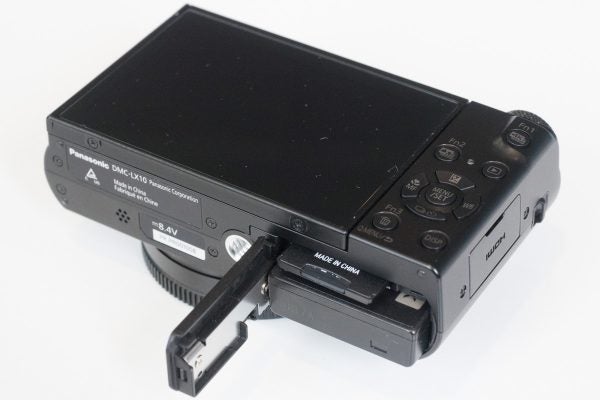
The d-pad buttons on the back give access to key functions, while the battery and card slot in the base
With its smooth aluminium alloy casing and minimalist handgrip, the LX15 bears more than a passing family resemblance to the TZ100 ‘travel zoom’. In fact it’s a little more compact than the TZ100, meaning it should slip into a jacket pocket quite easily. It’s significantly smaller and slimmer than the LX100 too, due to its smaller sensor and lack of a viewfinder. However the absence of any rubberised coating or grip does make it feel a little insecure in your hand.
In terms of controls, the LX15 marries a decent array of physical dials with an intuitive touchscreen interface. An aperture ring encircles the lens barrel, running from f/1.4 to f/11 with firm clicks at one-third EV steps. In front of it is a smoothly-rotating control ring, which can be used for such functions as manual focus or zooming. On the top plate is a thumb dial that’s quickly becoming a new design signature for Panasonic; this can be used to set shutter speed, exposure compensation and so on. It’s joined by the exposure mode dial and a conventional zoom controller around the shutter button.
The d-pad buttons on the back double-up to provide quick access to key settings, but there are relatively few other controls. The idea is that the touchscreen is used to select the AF point, with the user-configurable onscreen Q Menu providing access to other functions.
On first impressions the LX15 looks like it should be quick and fluent to use, especially if you’re prepared to delve into the menus and set up the dials and Q Menu to your liking.
Panasonic Lumix DMC-LX15 review: First Impressions
With the LX15, Panasonic has made a very promising-looking competitor to the Sony RX100 IV and Canon G7 X Mark II. With its decent array of controls – lens dial, aperture ring, top-plate dial and touchscreen – it promises to be rather more pleasant to use than Sony’s RX100 series, while also including the kind of snappy focusing, fast shooting and high-quality video that the Canon lacks.
On the other hand unlike the Sony it lacks a viewfinder, while Canon has historically fared better with making punchy, print-ready JPEGs. Overall though, the LX15 looks like a very strong entrant in this competitive sector of the market.
Watch our hands-on First Look video from our sister site Amateur Photographer
http://link.brightcove.com/services/player/?bctid=5131442241001





